Phuket: The Fascinating Science Behind Thailand's Dream Island
Discover Phuket from a scientific perspective: geography, climate, biodiversity, culture, economy and future prospects of the island.

Phuket: The Fascinating Science Behind Thailand's Dream Island
The island of Phuket, located in the south of Thailand in the Andaman Sea, is much more than just a popular travel destination for tourists from all over the world. It represents a fascinating object of study for geography and ecology as it offers a unique combination of tropical biodiversity, geological diversity and human interaction with nature. Its location on the edge of the Sunda Arc not only shapes the landscape, but also the ecological dynamics that have developed over centuries. At the same time, Phuket faces challenges caused by rapid tourism, climate change and environmental changes. This article examines the island from a scientific perspective by focusing on the natural conditions, ecological features and the interactions between people and the environment. The aim is to create a deeper understanding of the complex processes that make Phuket a unique microcosm.
Geographical location and topography
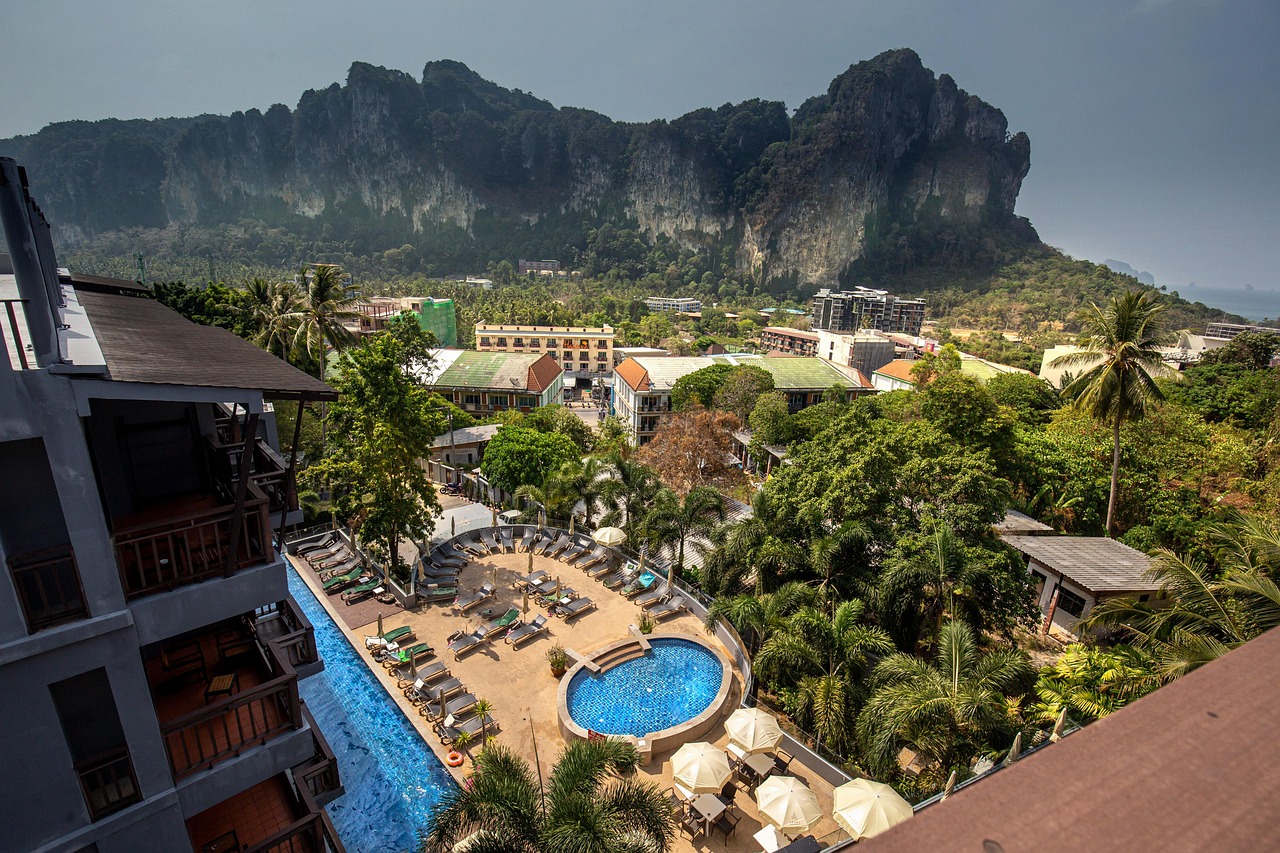
Imagine an island that looks like a mosaic of emerald hills, turquoise bays and rugged rock formations - a place where the earth itself tells a story of geological drama. Phuket, nestled in the Andaman Sea, reveals a landscape shaped by tectonic movements and tropical erosion over millions of years. With an area of around 543 square kilometers, the island extends over a length of around 48 kilometers and a width of up to 21 kilometers. Its position, precisely determined by geographical coordinates of approximately 7.88° north latitude and 98.39° east longitude, anchors it firmly in the tropical belt, as can be seen, among other things, by taking a closer look at the global graticule ( Geographic coordinates ).
Phuket's topography is characterized by a varied structure, ranging from flat coastal plains to forested hill ranges. In the west, steep cliffs and long sandy beaches dominate, which act like natural stages for the waves of the Andaman Sea. Particularly striking is the coastal section of Patong Beach, which stretches over three kilometers and, with its fine, golden sand and calm waters, is a typical example of the region's sedimentary deposits. As travel reports make clear, this beach offers not only aesthetic beauty, but also insights into the dynamic processes of erosion and sedimentation ( Patong Beach Guide ).
Inland, the hills of the Nakkerd Mountains rise, the highest point of which, Khao Rang, reaches a height of around 529 meters. These elevations consist predominantly of granite rock that was formed by igneous processes during the Cretaceous period. The dense rainforests that cover these hills are evidence of a long period of geological stability that has allowed vegetation to adapt to tropical conditions. At the same time, karst formations, especially in the east of the island, shape the landscape with bizarre rock structures and caves that were created by chemical weathering of limestone.
Along the east coast, mangrove forests alternate with muddy intertidal zones, revealing a completely different facet of the island. These wetlands are not only ecologically important, but also geographically an indication of the constant interaction between land and sea. The tidal movements of the Andaman Sea create new patterns in the sediments here every day, while rivers such as the Bang Yai Channel transport organic matter and nutrients to these coastal regions. Such processes illustrate how closely the landscape structure is linked to hydrological cycles.
Another defining element are the numerous bays and lagoons that run through Phuket like a network of waterways. These were caused by sea level rise after the last ice age, when lower-lying valleys were flooded. Particularly impressive is Phang Nga Bay, which is not located directly on the island, but contributes to Phuket's landscape due to its proximity and geological relationship. The sheer limestone cliffs jutting out of the water are silent evidence of the forces that have sculpted this region over eons.
The diversity of landforms on Phuket reflects not only geological processes, but also the climatic conditions that favor erosion and sedimentation in a tropical monsoon climate. While the west coast is often characterized by strong waves and storms during the rainy season, the east coast remains comparatively calm due to its sheltered location. These differences in exposure to maritime influences contribute to the development of different microecosystems at different points on the island.
A closer look at the geographical features also shows how closely the landscape is interwoven with human use. Coastal plains were used for rice cultivation, while the hilly regions remained untouched for a long time before being partially developed for plantations or tourism. These interactions between natural structure and anthropogenic influence lay the foundation for a deeper examination of the ecological and social dynamics that shape Phuket.
Climate and weather conditions
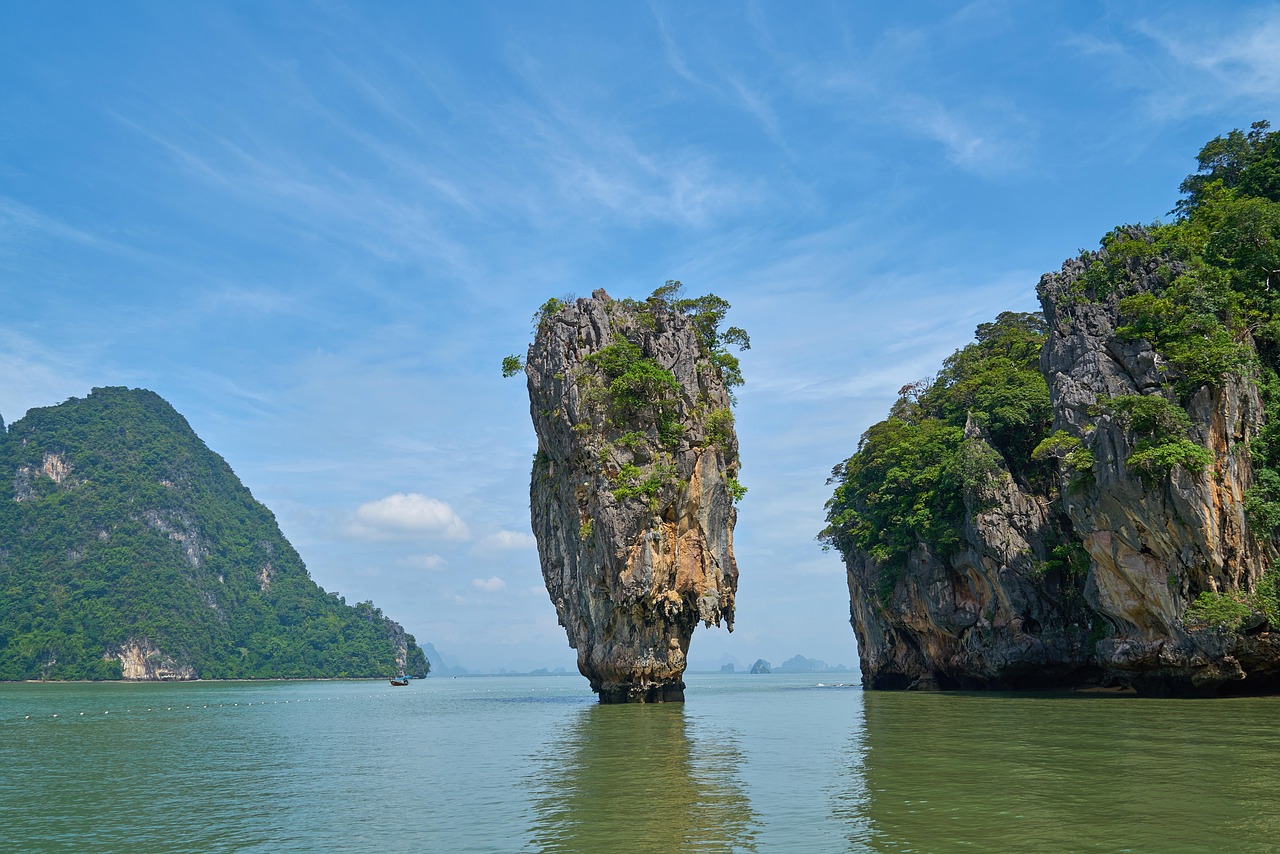
A gentle tropical wind blows over Phuket's coast, but behind this apparent idyll lies a complex interplay of climatic forces that significantly determine life on the island. Located near the equator, at approximately 8° north latitude, Phuket experiences high temperatures all year round, rarely falling below 27°C and reaching up to 37°C at peak times. This consistent level of warmth, coupled with the proximity to the Andaman Sea, creates an atmosphere characterized by high humidity and pronounced seasonal fluctuations. The climatic conditions here are not just background noise, but a crucial factor in the ecological and human dynamics of the region.
Between December and March, the dry season occurs on the island, a phase in which the relative humidity drops to around 70% and the temperatures feel more pleasant. During these months, especially from January to March, the sun shines the longest on average, with up to 9 hours per day. Such conditions make this period the preferred travel time, as numerous climate data and travel recommendations illustrate ( Travel climate Phuket ). Nights can occasionally become cooler during this time, with temperatures dropping below 20°C, a rare relief in the tropics.
From April onwards the weather pattern begins to change. Humidity is rising again and temperatures are climbing to their annual highs, especially in the months of March and April, which are considered the hottest of the year. Rainfall increases even before the rainy season actually begins, with an average of 125 mm in April. This transition phase signals the arrival of the southwest monsoon, which will have a firm grip on the island from May onwards. The rainy season extends until October and brings with it intense, tropically warm showers that often come in short, heavy downpours. Annual rainfall reaches around 2,200 mm, with peaks in May and between September and October, when up to 325 mm is recorded per month.
The southwest monsoon winds, blowing directly from the Andaman Sea, significantly increase rainfall on the west coast of Thailand compared to the Gulf Coast. These maritime influences mean that Phuket is often characterized by dense cloud fields and stormy conditions during the rainy season. The months of June to September offer ideal conditions for surfers, as the waves are higher and more powerful during this time. At the same time, the rainy season can also bring challenges, such as road closures due to flooding, affecting daily life and mobility.
A look at sea temperatures shows how closely the climate is linked to the surrounding waters. The water temperatures of the Andaman Sea vary between 28.5 °C in the cooler months such as January and February and up to 30 °C in the hot phase from April to June. This heat contributes to the high rate of evaporation, which in turn promotes humidity and the formation of rain clouds. Such connections illustrate how strongly climatic patterns are influenced by geographical location and proximity to the sea, as detailed analyzes show ( Climate to Travel Phuket ).
Also interesting is the influence of global weather phenomena such as El Niño, which in certain years, such as 1998 or 2016, made the dry season on Phuket particularly hot and dry. Such anomalies can shift the usual patterns and affect both the vegetation and human use of the island. While the northeast monsoon creates drier conditions in other parts of Thailand, such as the east coast, Phuket remains mostly humid and rainy under the influence of the southwest monsoon.
Seasonal weather patterns not only impact natural processes, but also shape the island's cultural and economic rhythms. During the dry season, tourism flourishes and beaches fill with visitors taking advantage of the sunny days. In the rainy season, however, many activities retreat inland or to protected areas, while nature shines in all its splendor thanks to the abundant rainfall. These interactions between climate and lifestyle provide an exciting starting point to further explore the island's ecological adaptations and challenges.
Biodiversity and ecosystems
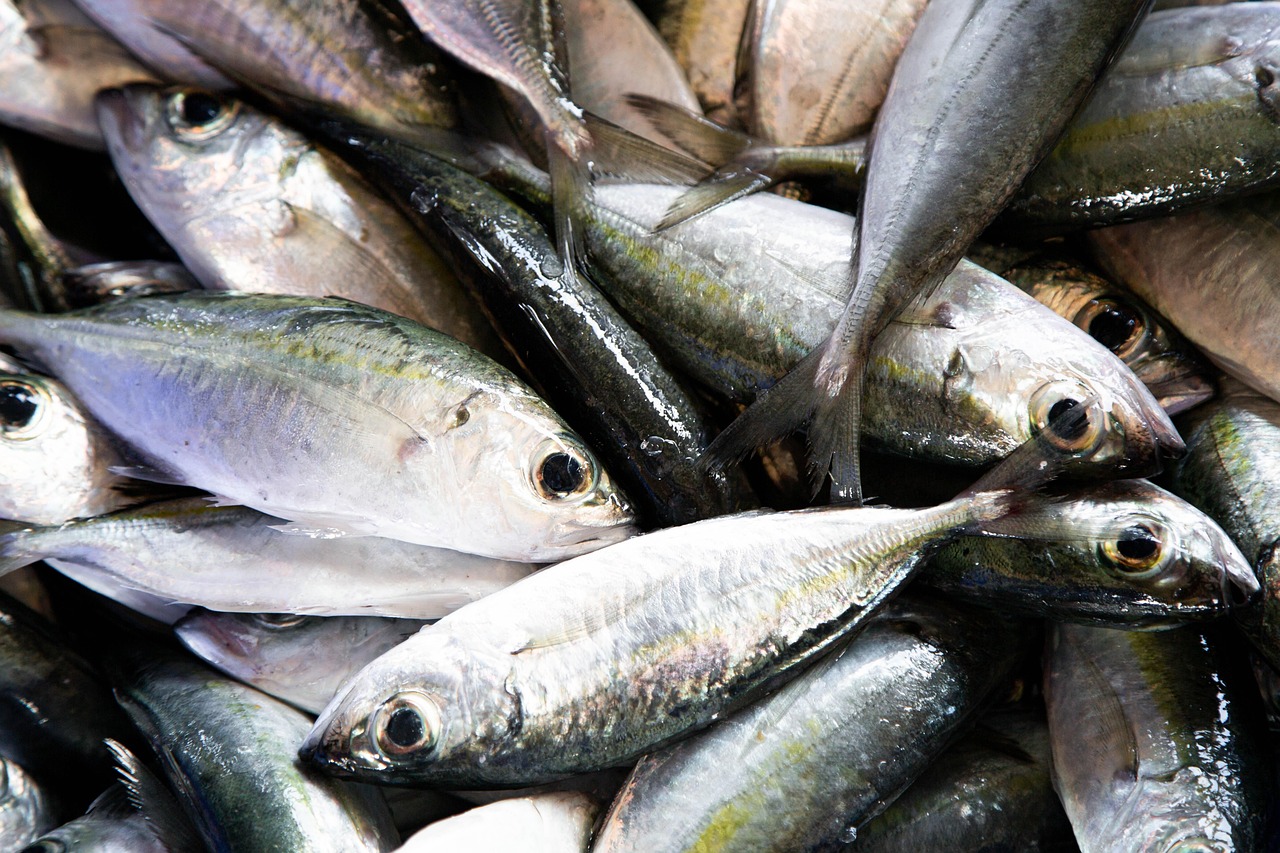
Beneath the dense canopy of Phuket's tropical forests lies a vibrant web of colors, sounds and movements that reveal the immense diversity of nature. A biodiversity hotspot, this island is home to an impressive range of ecosystems ranging from lush rainforests to mangrove wetlands to coral reefs. Each of these habitats provides a habitat for a variety of plants and animals that have adapted to the specific conditions of the tropical climate and geographical features.
The hilly regions of Khao Phra Thaeo National Park are home to dense rainforests with an abundance of tree species such as dipterocarpaca and fig trees. These forests, which cover about 20% of the island, have a humid, shady microclimate that allows epiphytic plants such as orchids and ferns to thrive. Gibbons, an endangered primate species, swing between the treetops, whose protection is supported by projects such as the Gibbon Rehabilitation Project. Such initiatives provide insights into conservation challenges, as detailed reports show ( Nature and wildlife in Phuket ).
On the coasts, the landscape changes to mangrove forests, which are particularly dominant along the eastern intertidal zones. These salt-tolerant trees, such as Rhizophora and Avicennia, form a dense root system that not only stabilizes the soil but also serves as a nursery for numerous species of fish and crustaceans. Monitor lizards are commonly found in these wetlands and act as important regulators of insect and rodent populations. Their adaptation to life between land and water shows the diversity of the animal world in these transition zones.
The beaches and surrounding sea of the Andaman Sea form another key ecosystem. Coral reefs, which thrive in the shallow waters surrounding Phuket, provide habitat for a colorful variety of marine life, including tropical fish, sea turtles and the occasional dolphin. Snorkeling and diving tours, as described in many nature guides, make it possible to explore these underwater worlds and understand the importance of marine conservation ( Phuket Nature and Wildlife Guide ). However, the reefs are sensitive to temperature changes and human intervention, making their conservation an urgent task.
Butterflies flutter all over the island, and as pollinators they play a key role in maintaining plant diversity. Their presence, both in coastal regions and inland, underlines the interconnectedness of the different habitats. A visit to the Phuket Butterfly Garden and Insect World offers the opportunity to observe these delicate creatures up close and learn more about their ecological importance. Likewise, bird species, including tropical and migratory birds, are an integral part of the fauna that can be discovered through guided bird watching tours.
Among the island's most iconic residents are the Asian elephants, whose habitat has been severely restricted by human activities such as deforestation and tourism. Facilities like the Phuket Elephant Sanctuary are committed to protecting and rehabilitating these majestic animals by allowing them to live in natural environments. Such efforts highlight the need to promote responsible wildlife management and avoid invasive practices such as elephant rides.
The diversity of Phuket's ecosystems is also reflected in the seasonal rhythms that influence the behavior of flora and fauna. During the dry season from November to April, many animals are more active and easier to observe, while the rainy season stimulates plant growth and turns the forests a lush green. These interactions between environmental conditions and biological processes show how closely natural systems are interconnected.
However, the challenges of preserving this biodiversity should not be underestimated. Deforestation, illegal animal trade and the impact of tourism are affecting many species. Projects like the Wildlife Friends Foundation Thailand or guided ecotours try to raise awareness and show sustainable ways to protect the island's natural treasures. These efforts lay the foundation for a discussion about the balance between human use and maintaining Phuket's ecological integrity.
Cultural history

Traces of bygone eras mark the streets and temples of Phuket, where every corner whispers a story of trade, conflict and cultural exchange. Over millennia, this island in the Andaman Sea has evolved from a remote landmass into a melting pot of diverse influences. Its historical development is closely linked to the natural resources and strategic location that made it a desirable location for traders, colonial powers and immigrants.
Phuket was mentioned in the writings of the Greek philosopher Ptolemy as early as the 2nd century AD, indicating its early importance as a landmark for sailors. In the 13th century, the region became part of the Sukhothai Kingdom and later the Ayutthaya Kingdom, with the northern part of the island known as Thalang and serving as an administrative center. The name of the island itself, derived from the Malay word “Bukit” for mountain, reflects the geographical perception of previous residents.
In the 17th century, the tin trade flourished, which brought Phuket into the focus of European colonial powers. The Dutch and French competed for control of this valuable resource, with the Dutch initially making treaties with local rulers to secure monopolies. In 1685, under King Narai, France was given a monopoly on the export of tin, but just three years later all French people were banished from Siam. These episodes, as historical records make clear, demonstrate the changing power dynamics of the time ( History of Phuket ).
Conflicts also shaped the island's history, particularly through repeated attacks by the Burmese. In 1785, local heroines Chan and Muk managed to repel Burmese forces, an event that is still celebrated today at the Phuket Heroines Monument. However, about 20 years later, Thalang was again occupied by the Burmese, and in 1810 they destroyed all settlements, leaving Phuket uninhabited for years. These destructions left gaps in the historical record and marked a period of reconstruction.
From the 19th century, a new chapter began with the immigration of Hokkien Chinese from Fujian, who became active in tin mining and had a lasting impact on the cultural landscape. Phuket Town grew as a trading center, supported by the economic boom that led to Phuket being named the capital of the Monthon Phuket in 1898. The introduction of rubber trees from Malaysia further enhanced the region's wealth, as historical accounts document ( Brief History of Phuket ).
The cultural influences of these developments are still visible today, particularly in the architecture of Phuket's Old Town, where Sino-Portuguese buildings evoke the blending of Chinese and European styles. Temples like Wat Chalong reflect Buddhist tradition, while annual festivals like the Vegetarian Festival celebrate the community's Chinese roots. This cultural diversity was fostered by the island's strategic location as a trading hub that attracted people and ideas from different regions.
The 20th century, particularly after the decline in the price of tin in the 1980s, saw a shift towards tourism as an economic mainstay. This transition brought new challenges as the island had to adapt to the needs of millions of visitors annually while preserving its historical and cultural treasures. Places like the Thalang National Museum or Khao Rang Hill today offer insights into this multifaceted past and invite you to explore the traces of history.
The historical development of Phuket shows how closely nature and culture are interwoven. The island's resources, its location and the changing balance of power have shaped not only its economic structures, but also its social and cultural identities. This connection lays the foundation for a consideration of the current challenges that arise from the balance between tradition and modernity.
Economic aspects
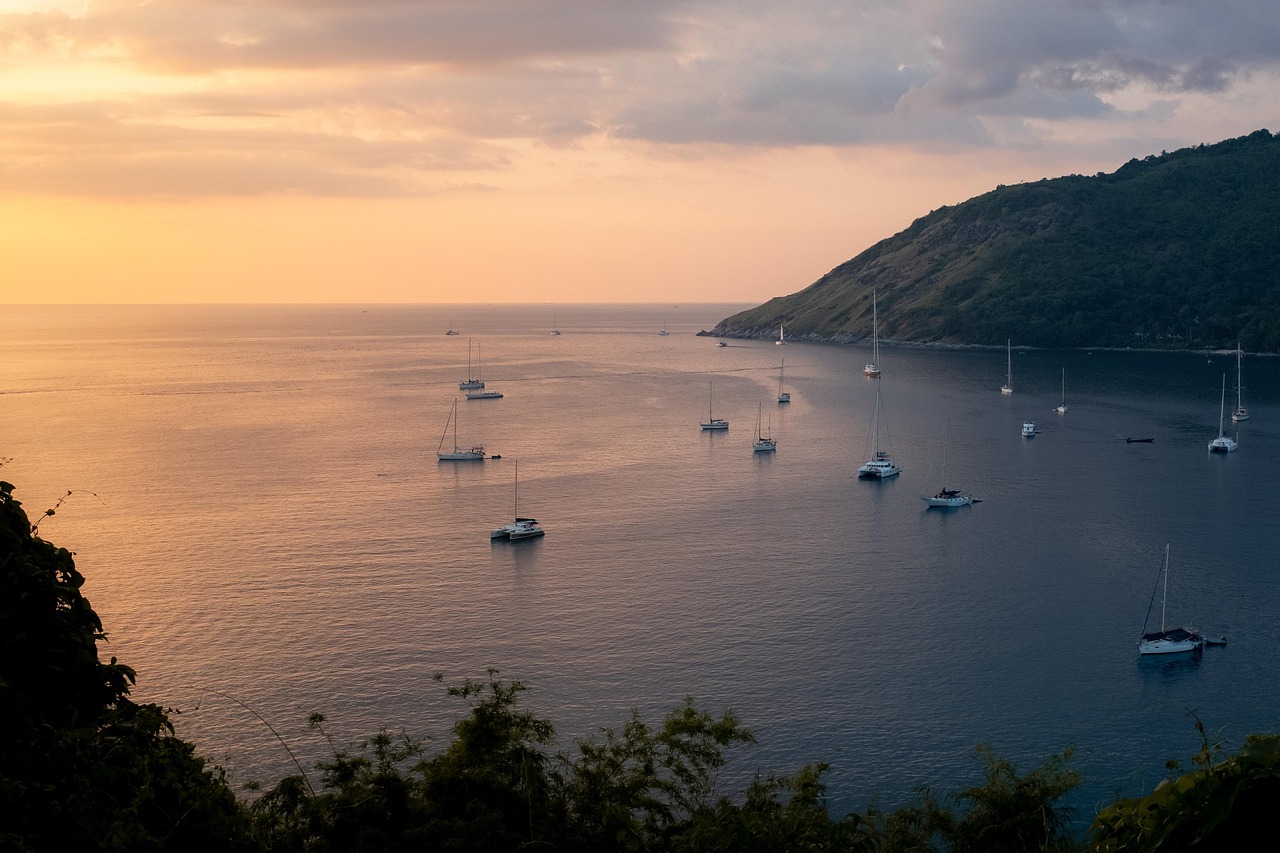
From the bustling markets of Patong to the luxurious resorts along the coast, Phuket tells a story of economic transformation that is deeply rooted in the past yet dynamically responsive to the present. The island's economic structures have changed significantly over the centuries, shaped by natural resources, historical developments and global trends. An analysis of these structures, as described in economic definitions, shows the distribution of production, employment and investments across different sectors and highlights the importance of regional characteristics ( Gabler economic structure ).
Historically, the primary sector played a central role in Phuket's economy, particularly through tin mining, which made the island a major trading center in the 17th and 18th centuries. Later, the cultivation of rubber was added, which also contributed to economic prosperity. These extractive industries attracted labor and investment but created a dependence on fluctuating world market prices. With the decline in the price of tin in the 1980s, a profound structural change began that presented the island with new challenges.
The secondary sector, which includes industry, plays a minor role on Phuket today. Although there are smaller processing companies, for example in food production or crafts, the industrial base remains limited. Instead, the tertiary sector, i.e. the service sector, has established itself as the dominant force. This development reflects the classic three-sector hypothesis, which describes the transition from agriculture to industry to services, as presented in economic analyzes ( Economic structure Wikipedia ).
At the center of this change is tourism, which is now considered Phuket's main industry. With around two million visitors every year, the island has developed into one of Thailand's most important travel destinations. This boom began in the 1980s when infrastructure - including Phuket International Airport - was expanded to accommodate the influx of tourists. Hotels, resorts, restaurants and leisure facilities now dominate large parts of the coastal regions, particularly in areas such as Patong, Karon and Kata. Tourism not only contributes to employment, but also to a significant portion of the local gross domestic product.
In addition to the direct source of income from visitors, tourism has supported a variety of ancillary industries. These include retail, ranging from souvenir shops to luxury shopping centers, as well as the transport sector with taxis, tuk-tuks and boat rentals. Cultural and natural attractions, such as temple visits or trips to the surrounding islands, have also become an integral part of the offering. This diversification within the service sector shows how closely linked economic activities are.
Nevertheless, the strong focus on tourism also brings risks. Seasonal fluctuations, such as those caused by the rainy season from May to October, lead to uneven income flows. In addition, the dependence on international markets makes Phuket's economy vulnerable to global crises, be it economic downturns, political instability or natural disasters such as the 2004 tsunami, which hit the region hard. Such events highlight the need for a more balanced economic structure.
Another aspect is agriculture, which has become less important but still plays a role, especially in the interior of the country. The cultivation of rice, coconuts and tropical fruits such as pineapples and durians contributes to local supplies and provides employment for part of the population. At the same time, this sector faces challenges from land use conflicts as more and more land is used for tourism development. This tension between traditional and modern economic sectors is a typical feature of regional structural change processes.
Phuket's economic development also raises questions about sustainability. The massive expansion of the infrastructure and the high number of visitors are putting a strain on the island's natural resources and environment. Overcrowded beaches, lack of water in the dry season and waste pollution are just some of the problems associated with tourism. These challenges require strategic planning to ensure a long-term balance between economic growth and ecological stability.
Social structures and demographics

Between the colorful facades of the old town and the busy beaches of Phuket, a social fabric pulsates that is as diverse as the landscape itself. With a population of around 400,000 people - a number that often increases significantly due to seasonal tourist flows and temporary workers - the island forms a microcosm of cultural and demographic dynamics. This composition reflects historical waves of immigration and shows how migration and integration are central themes in the development of modern societies, as highlighted in global demographic analyzes ( Population statistics Destatis ).
A significant part of Phuket's residents have roots in the Thai ethnic group, which primarily practices the Buddhist faith and forms the cultural basis of the island. But the history of tin mining and trade has attracted a strong Chinese community since the 19th century, particularly from the Hokkien region of Fujian. This group has left its mark not only economically but also culturally, evident in Sino-Portuguese architecture and festivals such as the Vegetarian Festival, which is celebrated annually in autumn with elaborate rituals.
In addition to these main groups, there are smaller communities, including Malays, who live primarily in the south of the island and are often Islamic, and the Chao Leh, an indigenous seafaring community also known as “sea gypsies.” The Chao Leh, who traditionally make a living from fishing and diving, face the challenge of preserving their way of life amid tourist development. Their presence underlines the ethnic diversity caused by historical trade routes and geographical location.
Migration plays a crucial role in Phuket's demographic development. In addition to historical immigration, there are now significant numbers of migrant workers from neighboring countries such as Myanmar, Laos and Cambodia, working primarily in the construction and tourism industries. This immigration alleviates labor shortages, but also brings social tensions, as language, culture and economic inequalities often create barriers. Such dynamics are not unique to Phuket but reflect global migration patterns as described in population development studies ( Demographics of Germany ).
The social structures on the island are strongly influenced by the economic focus on tourism. While coastal regions such as Patong are dominated by a cosmopolitan atmosphere with international influences, rural areas in the interior preserve traditional ways of life. This dichotomy leads to a spatial and social separation in which wealth and access to education are unequally distributed. Urban centers have modern schools and health facilities, while remote villages often struggle with infrastructural deficits.
Cultural practices on Phuket are deeply rooted in the Buddhist tradition, which permeates the daily lives of many residents. Temples like Wat Chalong are not only spiritual centers, but also places of social gathering where festivals and ceremonies strengthen a sense of community. At the same time, Chinese influences have established rituals such as the Ghost Festival or the New Year, which are celebrated with colorful processions and offerings. This cultural fusion is also evident in the cuisine, which combines Thai spiciness with Chinese flavors.
Another aspect of social dynamics is the influence of tourism on traditional values and ways of life. While the economic benefits are undeniable, the constant presence of international visitors leads to the commercialization of culture. Traditional dances or crafts are often staged for tourists, raising questions about authenticity and the preservation of cultural identity. At the same time, contact with different cultures offers opportunities for intercultural exchange and an opening up of society.
The demographic and social developments on Phuket are closely linked to the island's economic and environmental challenges. Pressure on resources such as land and water, increased by population growth and tourism, affects quality of life and social cohesion. These interactions invite further investigation into the sustainability and long-term impacts of such processes.
Environmental problems and nature conservation
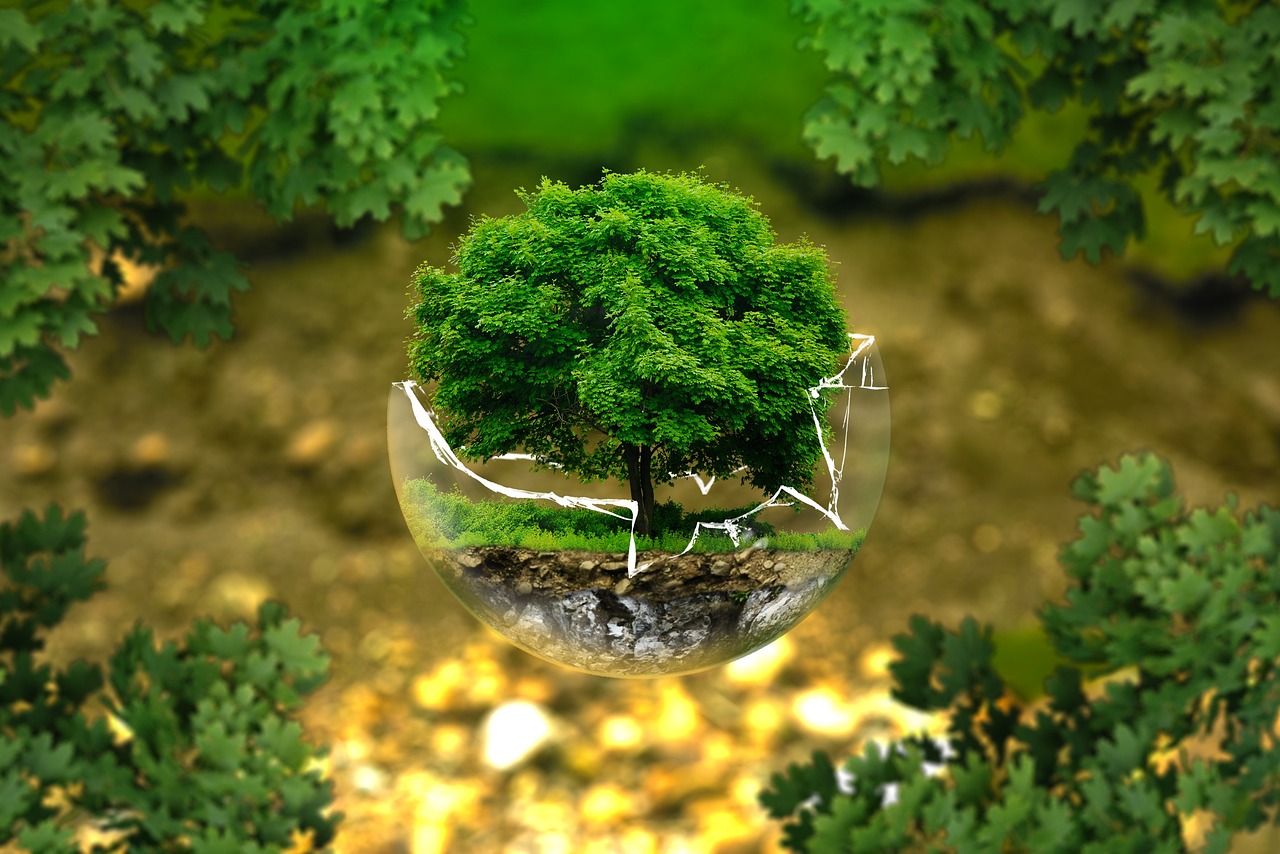
Behind the paradisiacal facades of Phuket's beaches lurks a silent menace that tests nature's delicate balance. The island, a jewel of the Andaman Sea, faces a host of environmental challenges compounded by human activities such as tourism, urbanization and resource utilization. These problems, arising from the complex interaction between humans and the environment, threaten biodiversity and the long-term stability of natural systems, as global analyzes of environmental problems make clear ( Environmental problem Wikipedia ).
One of the most pressing threats is pollution, particularly plastic waste, which ends up in the seas and beaches due to the massive influx of tourists and inadequate waste disposal systems. This trash not only threatens the aesthetic beauty of coastlines, but also marine life, as marine animals such as turtles and dolphins can swallow or become entangled in plastic. Coral reefs, which form an important habitat around Phuket, are also suffering from warming seas and pollution, leading to coral bleaching and a decline in biodiversity.
Another serious problem is the water shortage, which is particularly noticeable in the dry season from December to March. High water consumption by hotels, resorts and the growing population often exceeds the island's natural resources. This creates conflicts between tourist and local needs, while at the same time groundwater levels are falling and the quality of available water is affected by pollution. Such challenges are part of a global pattern characterized by excessive resource consumption ( Environmental problems CareElite ).
Deforestation and land use changes are further exacerbating ecological pressures. To make room for tourist infrastructure, plantations or residential areas, large areas of rainforest and mangroves were cleared. This habitat destruction threatens species such as gibbons and elephants and leads to soil erosion, which in turn affects water quality in rivers and coastal waters. Mangroves, which serve as a natural barrier against storms and floods, are losing their protective role, making the island more vulnerable to natural disasters.
Air pollution caused by traffic and the high density of tourist activities is also a growing challenge. Exhaust fumes from vehicles and boats contribute to the deterioration of air quality, which not only affects the health of residents but also puts a strain on delicate ecosystems. Added to this is the influence of climate change, which disrupts the island's natural cycles through rising temperatures and unpredictable weather events such as heavier monsoon rains.
In order to counteract these threats, various measures have been initiated on Phuket that focus on protecting natural resources. Projects like the Phuket Elephant Sanctuary or the Gibbon Rehabilitation Project in Khao Phra Thaeo National Park work to preserve endangered species by returning rehabilitated animals to protected areas. Such initiatives not only promote species protection, but also sensitize visitors to the importance of treating nature responsibly.
At the local level, there are efforts to combat the problem of waste, for example through beach clean-ups and the introduction of recycling programs. Some hotels and resorts have started implementing sustainable practices such as eliminating single-use plastic or using water-saving technologies. It also promotes ecotourism, which aims to involve visitors in the island's natural beauty without destroying it, for example through guided hikes or snorkeling tours with a focus on environmental protection.
Regional and national authorities are also working on strategies to reduce environmental impact. This includes stricter regulations on construction projects to limit deforestation, as well as the establishment of protected areas to preserve sensitive ecosystems such as mangroves and coral reefs. Reforestation projects and wetland restoration are other approaches to restore ecological balance and strengthen the island's resilience to climatic changes.
Despite these efforts, uncertainty remains about the long-term impacts of human activities. The complexity of ecological problems requires a deeper understanding of the interactions between tourism, population growth and natural systems. These challenges provide a basis to further illuminate the role of education and international cooperation in addressing global environmental problems.
Tourism and infrastructure
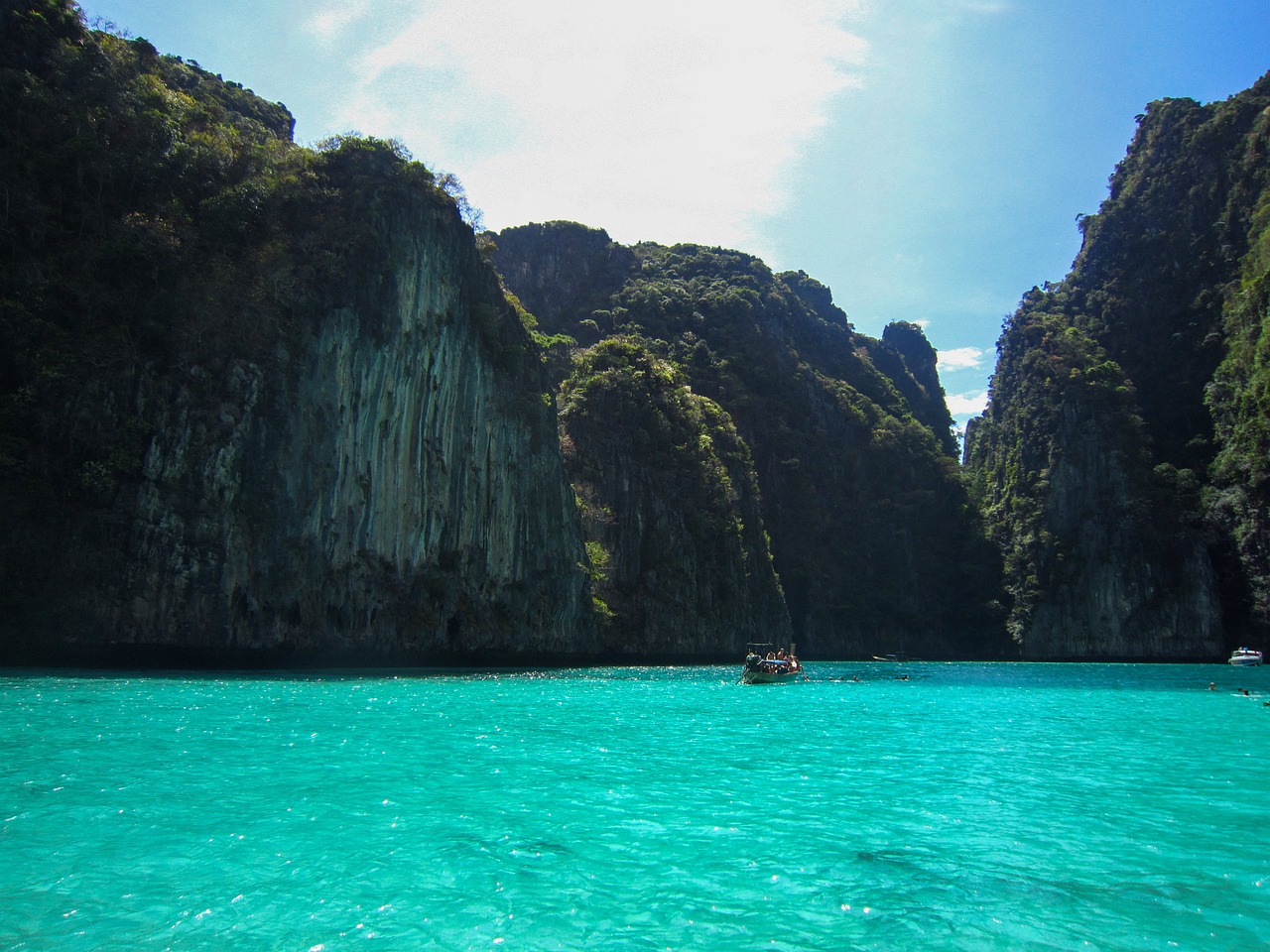
Where fishing boats once bobbed gently on the waves, now rise glittering hotel complexes and vibrant entertainment centers that have transformed Phuket into a global destination. Since the 1980s, the island's tourism development has acquired rapid momentum, bringing both economic opportunities and profound changes for the local community. With around two million visitors annually, Phuket ranks among the leaders of the Thai tourism industry, a trend that correlates in a global context with the increase in international tourist arrivals, as recent statistics show ( Tourism worldwide Statista ).
The expansion of tourism infrastructure began with the expansion of Phuket International Airport, which today serves as one of the main access points for travelers in southern Thailand. This development enabled a steady increase in the number of visitors, making the island a hotspot for international flight connections. At the same time, numerous hotels and resorts, ranging from simple guesthouses to luxurious five-star properties, emerged along the west coast, particularly in Patong, Karon and Kata. Such projects reflect the global boom in the accommodation industry, which has become a significant economic factor in many regions ( Tourism industry worldwide Statista Dossier ).
In addition to accommodation, leisure facilities and attractions were also massively expanded. Malls like Jungceylon in Patong, water parks and cultural shows like Simon Cabaret offer a wide range of entertainment options. Streets like Bangla Road have become nightlife centers that attract tourists from all over the world. These projects have not only changed the landscape, but also the economic structure of the island, creating numerous jobs in the service industry.
Another focus of infrastructure development is the transport sector. The expansion of road networks and the introduction of modern means of transport such as taxis and ride-sharing services have improved mobility on the island. At the same time, ports and piers were expanded to facilitate boat trips to surrounding islands such as Phi Phi or Phang Nga Bay. These measures support the tourism transportation trend that is gaining momentum around the world and promote access to remote natural wonders.
The impact of these developments on the local community is ambiguous. On the one hand, the tourism boom has led to an economic boom, which has opened up sources of income for many families in hotels, restaurants and retail. The cost of living has increased, particularly in coastal regions, but this also means higher incomes for those working in the industry. On the other hand, rapid urbanization has created social divisions, as rural communities in the interior are often excluded from this prosperity.
Another effect is the cultural change that accompanies tourism development. Traditional ways of life and customs are increasingly commercialized to meet visitors' expectations. This leads to a certain level of alienation within the community as authentic cultural practices take a back seat. At the same time, contact with international guests offers opportunities for cultural exchange, which promotes the cosmopolitanism of the younger generation.
The infrastructure projects have also increased environmental and social tensions. The construction of hotels and roads has led to the destruction of natural habitats, sparking conflicts with environmentalists and sections of the local population that rely on agriculture or fishing. In addition, the rise in real estate prices has pushed many locals out of their traditional areas as investors buy up land for tourist purposes. Such dynamics reflect the negative impacts of tourism on flora, fauna and communities as documented in global studies.
Phuket's tourism development thus shows a complex picture of progress and challenges. While the economic benefits are undeniable, the question remains how to achieve a sustainable balance between growth and the protection of local identity and the environment. These areas of tension provide an opportunity to consider the long-term strategies and policies that are crucial for a balanced future for the island.
Health and education system
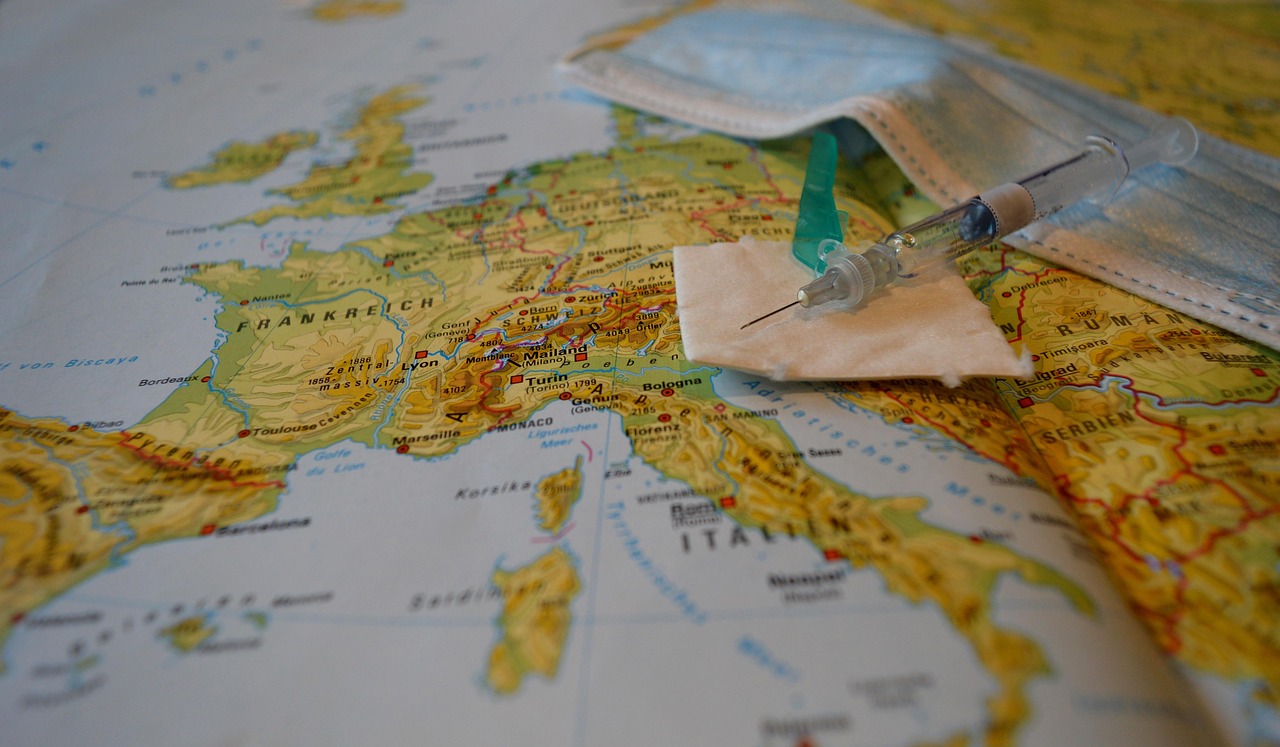
On the edge of Phuket's tropical splendor, where life pulsates between beaches and hills, healthcare and education play a crucial role in the community's well-being. These two pillars of social development reflect not only the island's progress, but also the challenges that come with a growing population and the influx of tourists. A closer look at these areas reveals a complex structure of public and private offerings that take both locals and visitors into account.
When it comes to healthcare, Phuket benefits from a mixed system that includes both government-funded and private facilities. Public hospitals such as Vachira Phuket Hospital, the largest of its kind on the island, offer affordable to free treatment for the local population and are an important point of contact, especially in emergencies. However, longer waiting times and limited language skills of staff can pose a hurdle for international patients. Private clinics and hospitals, such as Bangkok Hospital Phuket and Phuket International Hospital, rely on state-of-the-art technology and English-speaking staff, making them preferred destinations for tourists and wealthier locals, detailed reports show ( Phuket health system ).
In addition to the large hospitals, there are numerous smaller clinics that focus on specific needs, such as the South Patong Medical Clinic or the BeCare Medical Clinic in Kata, which offer routine examinations and vaccinations. Phuket has also established itself as a center for medical tourism for specialized treatments such as cosmetic surgery or dentistry. Facilities like the Phuket Plastic Surgery Institute or Nava Dental Clinic attract international patients with affordable, high-quality offerings. Such developments highlight the island's reputation as a destination for medical services ( Best Hospitals Phuket ).
Wellness and prevention offers complement the health system on Phuket. Resorts like Thanyapura Health & Sports or Atmanjai Wellness Spa offer holistic programs ranging from detox retreats to traditional Thai therapies. These facilities are aimed primarily at tourists and expatriates, but also contribute to promoting the health of the local population. For emergencies or remote consultations, telemedicine platforms such as Doctor Anywhere are also available, which overcome language barriers and enable quick access to medical advice.
In the education sector, Phuket shows a similar duality between public and private offerings. Public schools provide a basic education for local populations, but often face limited resources and overcrowded classes, particularly in rural areas. Urban centers like Phuket Town have better infrastructure, but the quality of education varies greatly. For families with higher incomes or foreign backgrounds, private and international schools such as the British International School or Kajonkiet International School are attractive alternatives. These institutions often follow international curricula and offer a multicultural environment tailored to the needs of expatriates and affluent locals.
Higher education institutions are less common on Phuket, but there are some vocational schools and smaller campuses that partner with mainland universities, such as Prince of Songkla University, which has a branch on the island. These offer courses in areas such as tourism management and hospitality, reflecting the island's economic focus. But for many young people, this means they have to move to Bangkok or other cities for comprehensive studies, reinforcing a social and economic divide between urban and rural areas.
Phuket's healthcare and education systems are challenged to serve a growing and diverse population. Tourism brings additional pressure as both medical and educational facilities must respond to the needs of international visitors and expatriates without neglecting the local community. This tension between global demands and local priorities raises questions about long-term sustainability and equity that require a closer look at the political and social framework.
Future prospects
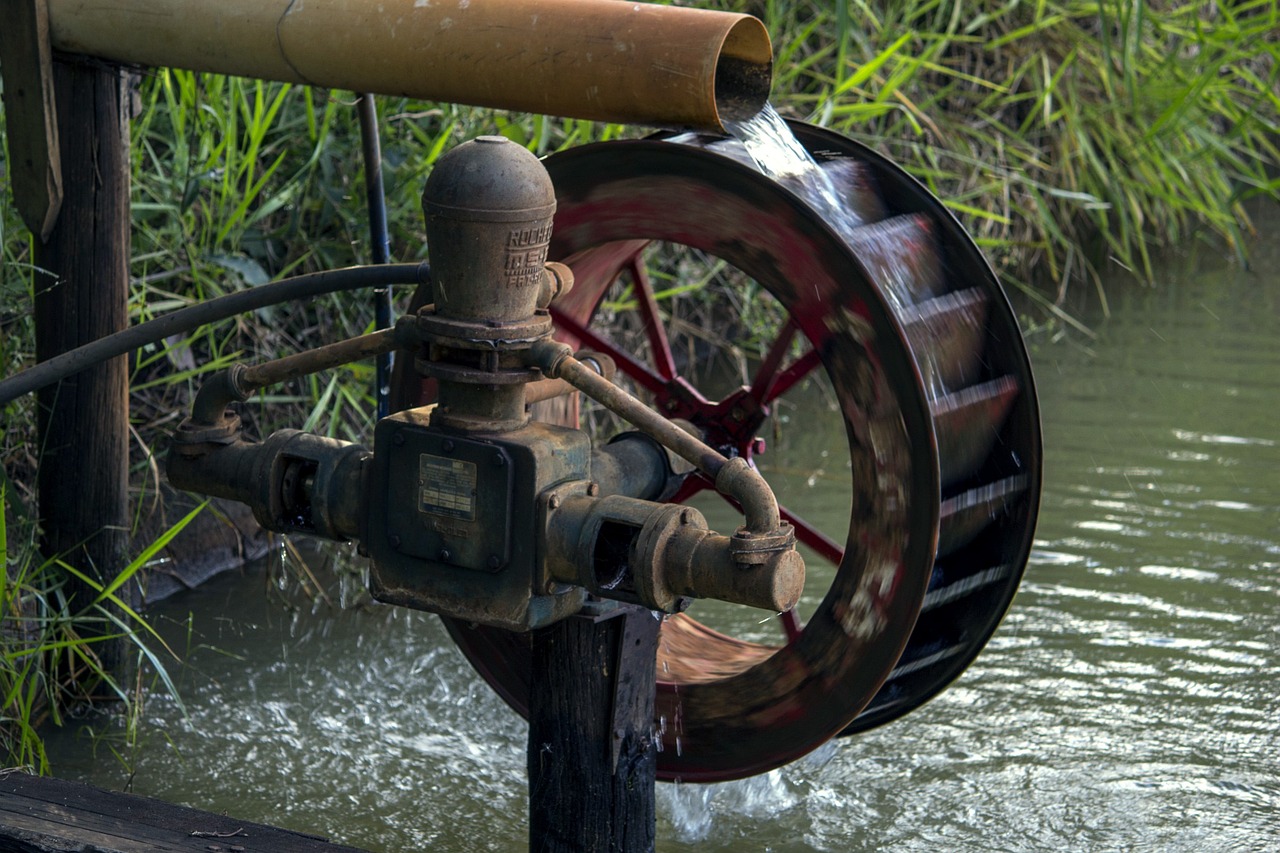
Set against the horizon of Phuket, where the Andaman Sea glitters in shimmering shades of blue, a future is emerging that will be characterized by challenges and opportunities in equal measure. The coming decades will present the island with the task of finding a balance between ecological sustainability, economic progress and social stability. A look at the potential developments in these areas reveals both risks and opportunities driven by global trends and local circumstances.
In the ecological area, Phuket faces an urgent need to reduce the pressures of tourism and urbanization. Advancing climate change could put the island at greater risk from rising sea levels and more intense weather events such as storms and floods. Without consistent measures to restore mangroves and rainforests and reduce plastic waste, there is a risk of further loss of biodiversity. However, initiatives such as reforestation projects and stricter environmental regulations could help protect natural habitats. Promoting ecotourism that raises visitors' awareness of environmental issues could also play a key role in maintaining the balance between use and conservation.
At the economic level, the pursuit of growth will continue to be a driving force, but dependence on tourism poses risks. Global crises, such as those evident in the past through pandemics or economic downturns, could dramatically reduce visitor numbers and destabilize local economies. Diversifying income sources, such as investing in sustainable agriculture or digital services, could help reduce this vulnerability. As studies of economic growth show, not only quantitative but also qualitative growth is crucial, raising living standards without overtaxing resources ( Economic growth Wikipedia ).
The criticism of pure economic growth that is voiced in industrialized nations is also relevant for Phuket. A focus on quality growth that prioritizes environmental protection and equitable wealth distribution could help the island avoid overconsumption and environmental pollution. Such approaches, which free up more financial resources for environmental protection and social policy, offer a perspective for sustainable development, as highlighted in economic discussions ( Economic Growth Studyflix ).
From a social perspective, the growing population, increased by immigration and tourism, will place further strain on the social infrastructure. The unequal distribution of wealth and access to education and healthcare could increase tensions between urban and rural communities and between locals and newcomers. However, investments in education, particularly in professional skills in sustainable technologies and services, could lay the foundation for a more inclusive society. It is equally important to strengthen cultural identity in order to counteract commercialization through tourism and to preserve a sense of community.
Another aspect of future development is adapting to technological advances. Digitalization could open up new economic opportunities, for example through remote work or digital platforms for local crafts and services. At the same time, this requires expanding the digital infrastructure and training the population to avoid a digital divide. Such institutional frameworks are crucial for long-term growth and social stability, as emphasized in theoretical models of economic growth.
The interactions between the environment, economy and society will significantly shape the future of Phuket. Sustainable development requires political foresight and international cooperation to implement global standards for environmental protection and social justice. Discussing alternative indicators of prosperity beyond gross domestic product could help focus on quality of life and ecological stability. These reflections invite further exploration of the role of innovation and community initiatives in shaping a resilient future for Phuket.
Sources
- https://de.m.wikipedia.org/wiki/Geographische_Koordinaten
- https://www.bookaway.com/blog/how-to-plan-the-perfect-trip-to-patong-beach-thailand/
- https://www.reise-klima.de/klima/phuket
- https://www.climatestotravel.com/climate/thailand/phuket
- https://phuketrelax.com/de/natur-und-geografie-von-phuket/natur-und-wildtiere-in-phuket/
- https://phanganist.com/phuket-tours-and-attractions-article/phuket-nature-and-wildlife-guide
- https://en.wikipedia.org/wiki/History_of_Phuket
- https://phuketastic.com/kurze-geschichte-von-phuket/
- https://wirtschaftslexikon.gabler.de/definition/wirtschaftsstruktur-48492
- https://de.m.wikipedia.org/wiki/Wirtschaftsstruktur
- https://www.destatis.de/DE/Themen/Gesellschaft-Umwelt/Bevoelkerung/_inhalt.html
- https://de.wikipedia.org/wiki/Demografie_Deutschlands
- https://de.wikipedia.org/wiki/Umweltproblem
- https://www.careelite.de/umweltprobleme-unserer-zeit/
- https://de.statista.com/themen/702/tourismus-weltweit/
- https://de.statista.com/statistik/studie/id/6362/dokument/tourismusbranche-weltweit-statista-dossier/
- https://phuket-trip.de/phuket/gesundheitssystem-in-thailand-und-phuket#:~:text=Das%20thail%C3%A4ndische%20Gesundheitssystem%20bietet%20eine%20gute%20Qualit%C3%A4t%20der,gemischtes%20System%2C%20das%20%C3%B6ffentliche%20und%20private%20Gesundheitseinrichtungen%20umfasst.
- https://phuketcommunity.com/best-hospitals-and-health-clinics-in-phuket-for-travelers-a-guide-for-expats-and-tourists/
- https://de.wikipedia.org/wiki/Wirtschaftswachstum
- https://studyflix.de/wirtschaft/wirtschaftswachstum-6380

 Suche
Suche
 Mein Konto
Mein Konto